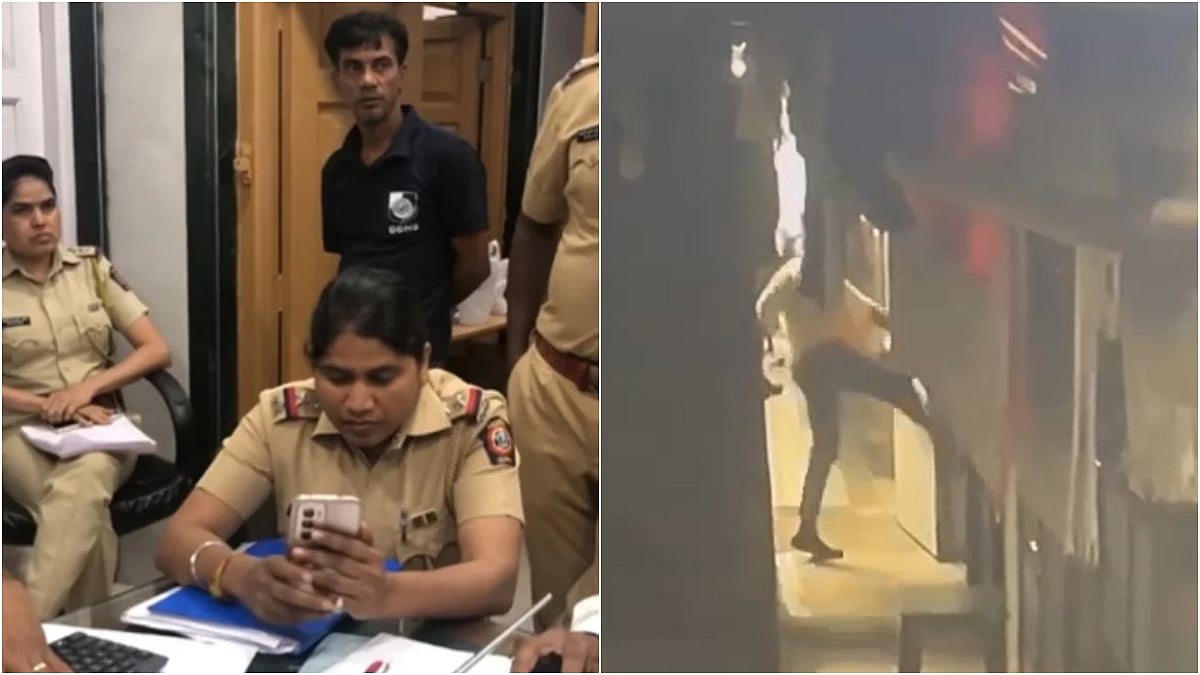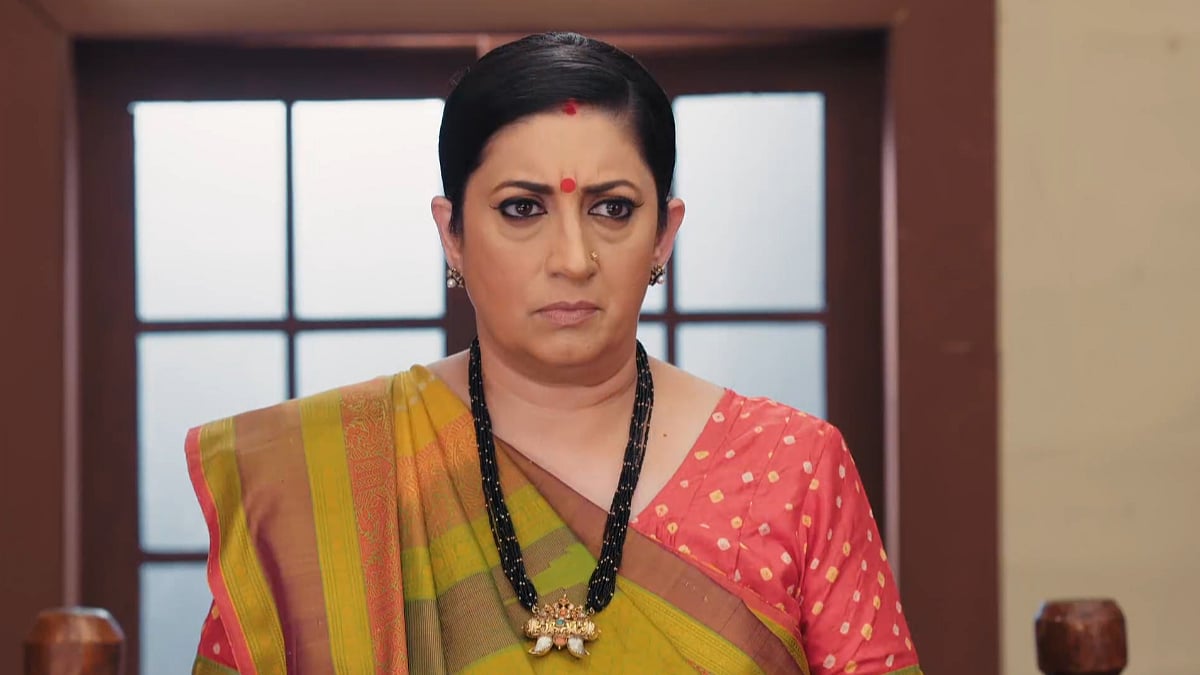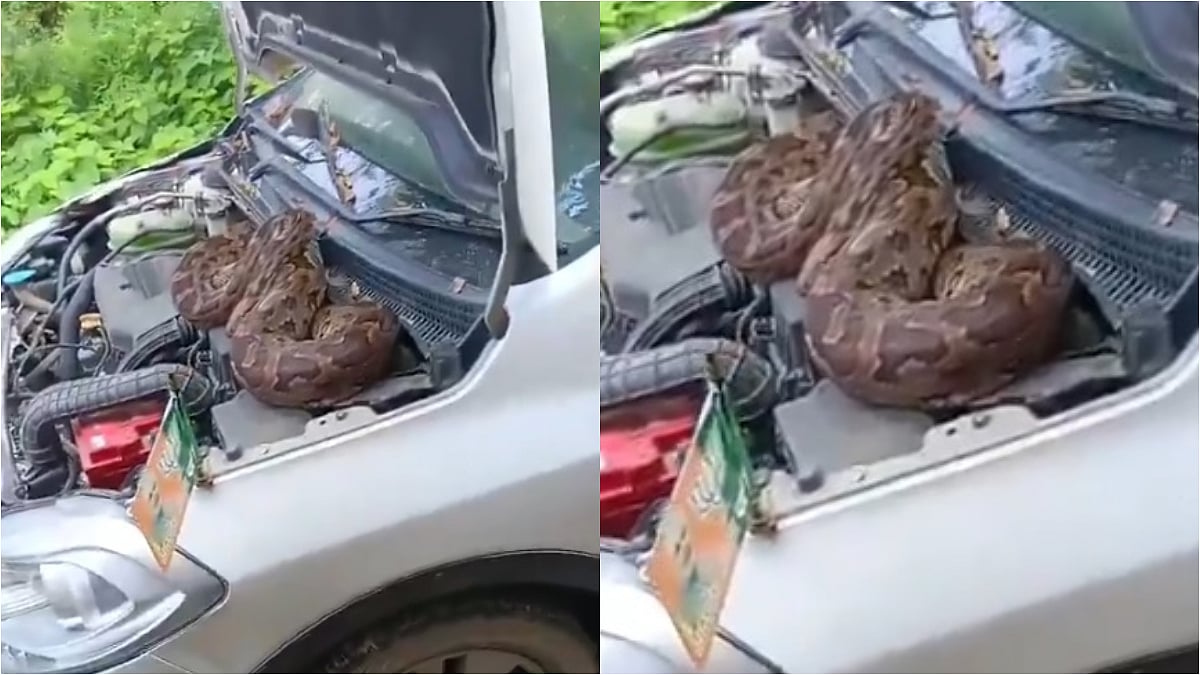Horses have been human’s best friends and they have appeared in numerous works of art. A large number of paintings depict horses in battle. There are numerous paintings of Maharana Pratap’s Chetak that were created by Indian artists.
In Europe, artwork associated with horse racing, or artwork associated with the historic cowboy of native American tradition find pride of place in art galleries. In the United Kingdom depiction of fox hunting and rural scenes involving horses have been common. In European art, horses are often shown in artwork singly, as a mount. In sculptures, important persons, including Netaji Subhash Bose, are shown riding a horse.
Horse or equestrian paintings inspired painters to paint polo and soon polo art became fashionable. It has emerged as high fashion in both UK and US. Good artists use their talent to paint polo and depict both the men and the horses in their work. Sabrina Siga of Chennai, the wife of a naval officer, was the first Indian woman who was a pioneer in polo art. Sabrina painted not only polo, but also races capturing the great combo of the rider and the horse. Among Indian painters, the late Sunil Das was known for his horse painting, but he drew horses, not polo.

However, Elizabeth Lagercrantz, a Swedish artist, is an old signature in polo art. She has been coming to India for the past 14 years and has been painting polo horses. Elizabeth and her French husband spend the entire winter in India and live mostly in Jaipur and Jodhpur. She watches a lot of polo and takes plenty of photographs which she studies minutely before painting.
“While painting, I read the expressions of not only the players but also of horses and I try to capture the emotions on canvas. I try to capture the beginning of a strike, position, galloping, the attentive pony and even love painting the umpires. It is important to understand the attitude of the horse towards the rider. So it is the relationship between the rider and the horse in symbiosis.

I use my own colours in powder form which I mix with turpentine and water and try to prepare a paste that could be different. The paste becomes watercolour and the horsemen and the horses come alive on my canvas,” explains Elizabeth.
Elizabeth hails from a family that owned a large number of horses in Sweden and ever since her childhood she has been riding and has competed in various equestrian events. “As I lived with horses, I developed a natural affinity towards the horses.
When I stopped competing, I never stopped riding because a life without riding horses was impossible. I have been riding in Kenya, South Africa and even in Jaipur — a city I love. When I am in Jaipur or Jodhpur, I ride and enjoy it,” she smiles.
Having been a rider she was inspired by the ancient tradition of horses in Rajasthan and the love they have for the horses. The love for horses took her beyond and she ventured into painting horses. She captures the players’ action and at the same time, she tries to capture the action of the horse — the legs and the eyes to make her work look expressive.
Elizabeth has travelled extensively in India and Africa and has herself been a polo player, which helps her understand the sport well. She has held her shows in Paris, Stockholm and Jaipur and is now trying to showcase her work in UK and US.
“Horses have been painted for centuries. Sculptors have also worked on horses as a subject. But polo art is the new craze and it is patronised by horse lovers who even commission artists to paint exclusively for them. Polo art could be rewarding, but a lot depends on how the painter has been able to capture the expressions and emotions. My paintings are in private collections in Europe. I normally paint in larger format and oil or watercolours of smaller sizes,” she concludes.





